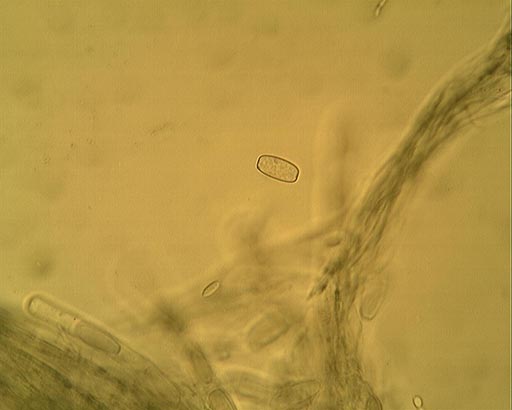2.1 USB microscopes
This section looks at the increasingly popular USB microscopes which have become more easily available and accessible over recent years.
USB microscopes and add-on lenses for smartphones
USB microscopes are simple to use and highly portable, offering magnifications of up to about 200x, with built-in LED lighting. However, the quality of images produced by these devices might not be suitable for fungal identification, especially at higher magnifications. This type of microscope is more suitable for studying insects or very small pond life.
It is also possible to use a smartphone equipped with an add-on close-up lens. The magnification obtained with this set-up is less than you would get from a USB microscope but can still be high enough to study species such as mosses. (Bear in mind, though, that the quality and price of close-up lenses for smartphones varies considerably.) See for example the images, which were posted on iSpot, of:
a sticky mouse-ear ( [Tip: hold Ctrl and click a link to open it in a new tab. (Hide tip)] Cerastium glomeratum) (also shown in Figure 7) taken using an iPhone clip-on microscope.
bryophyte fungus, taken with a dissecting microscope.
Pilobolus crystallinus (fungus).
a moss Fissidens exilis(also shown in Figure 4).
Figures 4–7 show a selection of images supplied by iSpot users, taken using various types of conventional microscope to demonstrate their use.




